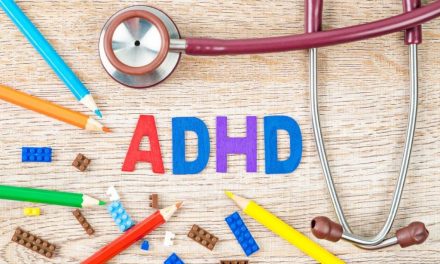AL Amyloidosis or AL is a rare and insidious disease, and has long baffled the medical fraternity because, in many cases, its multiple and varied manifestations can sow confusion and potentially lead to misdiagnosis. The disease has shown itself in various guises, ranging from heart failure and kidney dysfunction to nerve damage and gastrointestinal challenges.
The most alarming aspect of AL is that people may have the condition without being aware of it. Patients do not know what to look out for, and the later the diagnosis, the poorer the chances are for effective treatment.
AL occurs most commonly in men aged between 60 and 70. Vanessa Snow, Head of Medical Affairs at Janssen South Africa, cautioned that “its consequences can be devastating if it isn’t timeously diagnosed.” AL occurs when a protein called amyloid builds up in organs and causes them to malfunction. “Organs that could be affected include the heart, kidneys, liver, spleen, nervous system, and digestive tract,” said Snow, and added that some types of AL could even lead to life-threatening instances of organ failure, if left unattended.
“A 2023 study indicated that the diagnostic delay in the United States is typically between one and three years, and this is worrying,” Snow stresses. “Symptoms of the illness are diverse, depending upon the organs affected. It’s easy to see then, why a diagnosis could get misdirected.”
The most common signs to look out for would include fatigue, weight loss, a swelling of the ankles and legs, shortness of breath, numbness or tingling in the hands or feet, and an enlarged tongue.
Many variants make misdiagnosis more likely:
There are several types of AL, each with its own cause and pattern of onslaught on organs. The heart, kidneys, nervous and digestive systems can be affected by a variant of AL known as Light-chain/Primary Amyloidosis. Conditions that involve abnormal plasma cell growth, such as multiple myeloma, are risk factors. .
AA/Secondary Amyloidosis normally causes kidney complications, and may damage the digestive system, liver, and spleen.
Tuberculosis and other such chronic infections are often casual factors of this variant.
Hereditary Amyloidosis will often lead to heart, eye, kidney, and nerve complications , while Wild-type Amyloidosis, which is largely connected to advanced age , leads to heart and nerve problems. When symptoms are largely associated with the bones and joints, this is classified as Dialysis-related Amyloidosis.
Some forms of AL are inadvertently encouraged by other diseases, and these variants could be diminished via the treatment of those triggering ailments. “For example,” said Snow, “some pharmaceuticals and procedures that are used to treat cancer can also be used to treat AL.” said Snow. There are also other types of medications that aid in the reduction of amyloid production, thus managing symptoms. Organ or stem cell transplants could even benefit some patients.
Is there a cure?
Although there are currently no available cures, Snow notes that “AL need not be seen as life-threatening, as careful analysis of its cause or causes, and judicious treatment, can help the patient manage signs and symptoms by limiting further production of the destructive amyloid protein.”
A patient’s journey
“Let’s consider the journey of a patient, Alan, 63 years old,” Snow continues. “He’s a generally active and outwardly healthy man, of average weight, who would never strike you as an unwell person. The first signs that he experiences of not being 100% well are chest pain, shortness of breath and an irregular heartbeat.” Alan would be unaware of it at this point, but he’s about seven months into the onset of AL Amyloidosis. “His primary care doctor refers him to a cardiologist, who suspects a heart condition and treats Alan as such. The diagnosis: stiffening of heart muscles (restrictive cardiomyopathy).”
Around 18 months down the line, however, Alan’s still feeling poorly, and his symptoms no longer align with those of restrictive cardiomyopathy. Snow continues: “He’s constantly feeling tired now, and losing weight rapidly, despite the fact that his diet hasn’t changed. After noticing darkening and bruising around his eyes, and swelling around his ankles and feet, he finally goes to see his GP again, and is told that his issues appear to be kidney-related.” He’s referred to a nephrologist, but Alan is again misdiagnosed; this time with loss of kidney function (nephrotic syndrome).
“Two years after the onset of the actual ailment, Alan’s tongue starts swelling up, which makes it difficult for him to eat and swallow. Alan’s primary care physician decides to refer Alan to a haematologist/oncologist, and this time, Alan is finally correctly diagnosed – with AL amyloidosis. The delay in his correct diagnosis has not been kind to him,” says Snow.
If there’s a moral to this story, it’s to be keenly aware of how you feel from day to day. If something doesn’t feel right, investigate it. And don’t be afraid to seek a second opinion, if your treatments don’t grant you any relief.
How serious is AL, ultimately?
Ongoing research and the development of new therapies offers hope for better management of this disease in the future, and, as with many diseases, lifestyle choices that promote overall health can assist patients in continuing to lead a happy and healthy lifestyle.



























